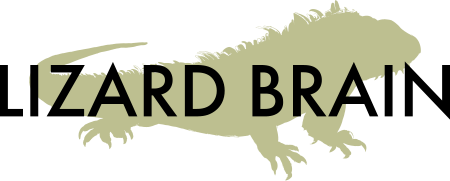Decision Model
You can't do everything. There are lots of ideas, but only so many hours in the day. Having a solid, explicit model for decisions will keep your team on track and focused on the right things.
As a team, brainstorm where new requests are coming from. Which do you say yes to? Why would you say no? Design a simple process diagram that visualizes the criteria you come up with and how requests flow through that criteria.
Some criteria to consider:
- Does this serve an existing client?
- Could this turn into repeat business?
- Is this a service you CAN provide or WANT to provide? (There's a difference: the answer to both questions should be a strong yes.)
- Is the price right?
- Is the right person available?
There's two best practices in the example above. One is a buffer, which is a statement that provides an air break between the request and the response so that you can check with the team and decide together if this is something you should support. Check out Essentialism by Greg McKeown for more ideas on managing time.
The other practice is a Best Athlete chart.

